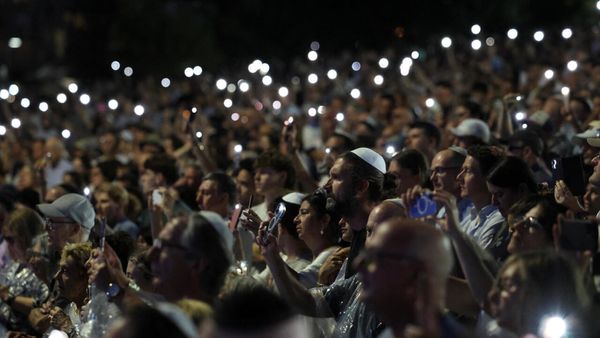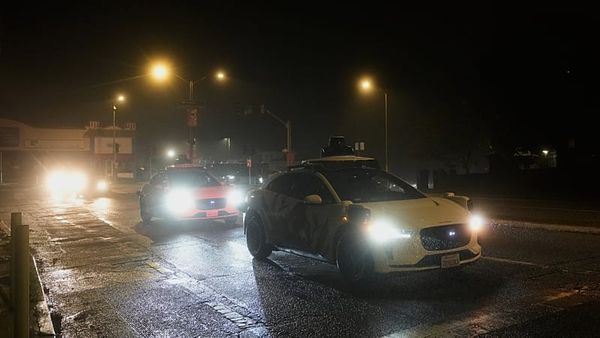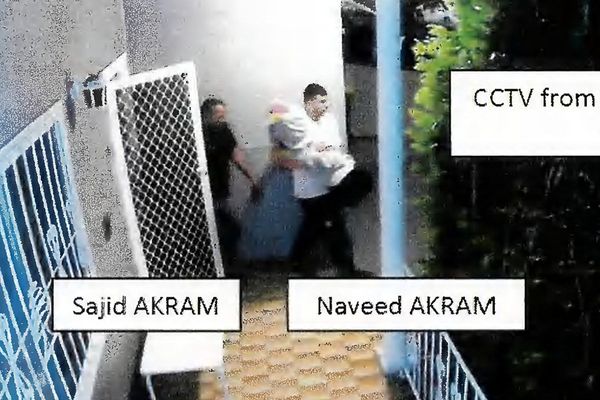An amber heat health alert has been issued for large parts of England, with authorities warning soaring temperatures this week are likely to cause a rise in deaths.
The UK Health Security Agency (UKHSA) has issued alerts in London, the West Midlands, the East Midlands, the East of England and the South East, which are due to come into effect at 9am on Tuesday.
It warns that there could be a rise in deaths particularly among those aged 65 and over or with health conditions. However, it added that there may also be impacts on younger age groups, with a likely increase in demand for health and social care services.
The amber alerts are set to remain in place until 6pm on Wednesday, with yellow alerts in place for the remainder of England at the same time.
It comes as the UK is set for its fourth heatwave this summer after temperatures are forecast to soar over the coming days.
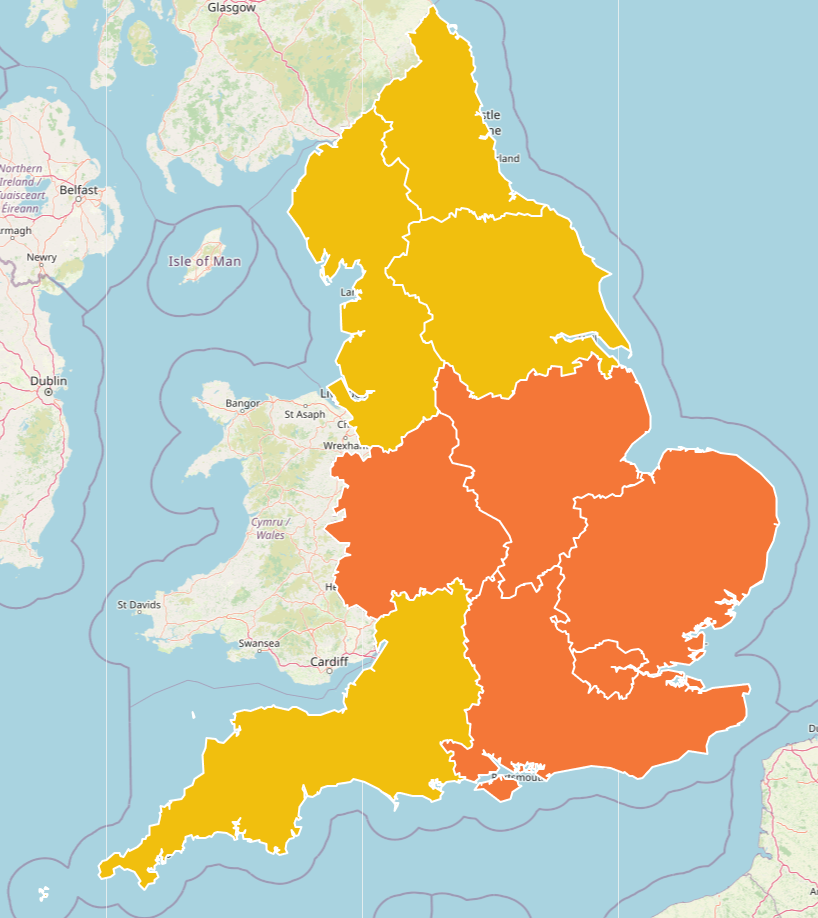
Those under amber warnings have been told temperatures in care settings such as hospitals and care homes may exceed recommended threshold for clinical risk assessment, with overheating increasing the risk to vulnerable people living independently in community and care settings.
The heat could also lead to issues managing medicines, and cause an increased demand for power exceeding capacity. The UKHSA has also warned that it may affect the ability of the workforce to deliver services, and that there could also be travel delays.

Temperatures are expected to peak in the mid-thirties in the south of England this week, according to the Met Office, with London marking 32C on Tuesday.
It is set to remain warm in other parts of the country, with Manchester clocking temperatures of 28C on both Tuesday and Wednesday.
Met Office Deputy Chief Meteorologist Tom Crabtree said: “Warmth is the focus in the forecast in the first half of this week, with temperatures likely to peak on Tuesday around the mid-30s, but remaining above average in the second half of the week, particularly further to the southeast.
“The exception to the widely warm conditions will be northwest Scotland on Monday, where showers will be more frequent. Warmth will develop there from Tuesday with temperatures peaking in the mid to high 20s.”
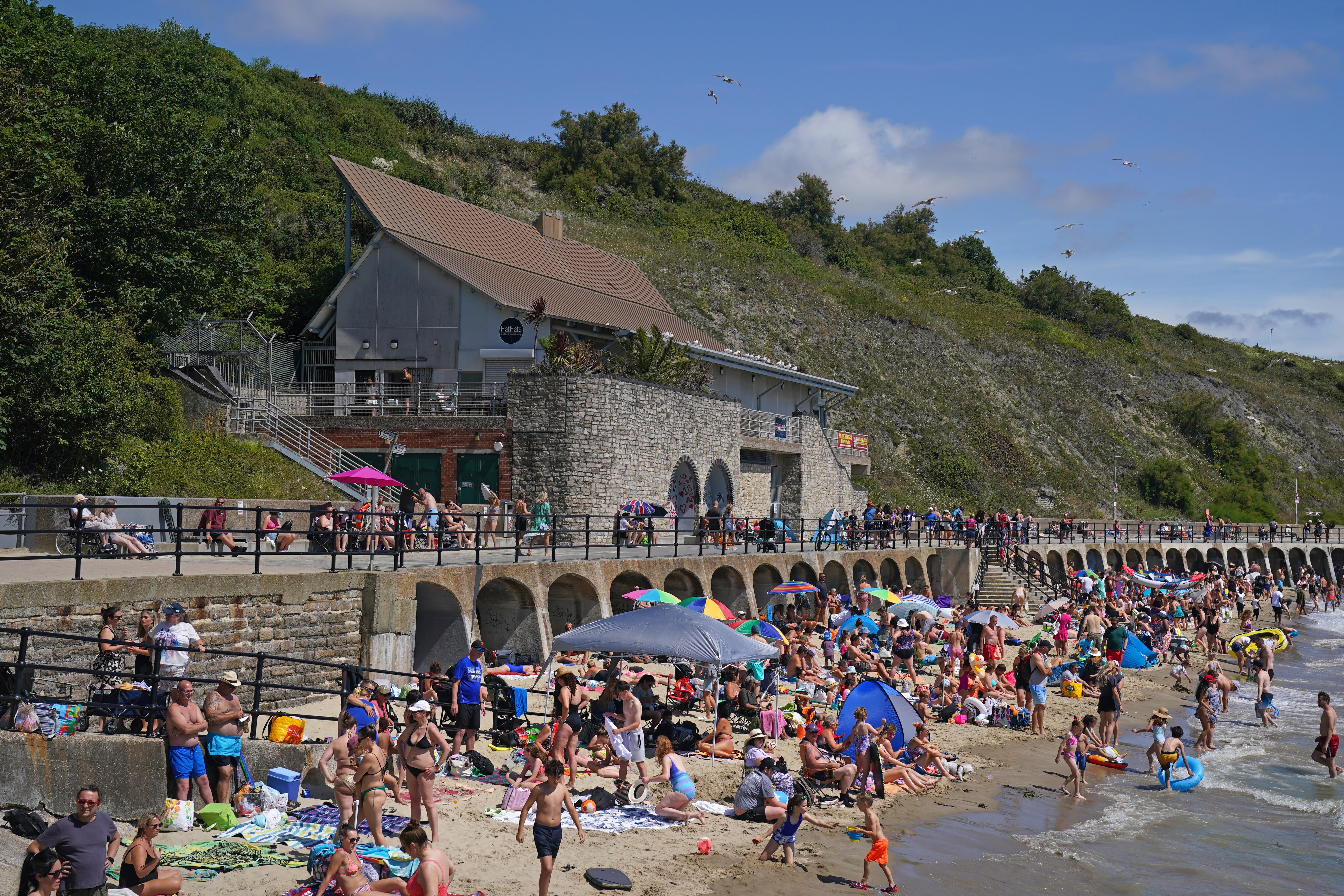
In addition to high daytime temperatures, warm nights are also likely in southeastern parts of the UK early in the week, with even a chance of a tropical night in a few places, which is where temperatures do not drop below 20°C overnight.
A heatwave is identified when a location records maximum temperatures exceeding a designated value across at least three consecutive days, according to the Met Office. For most of the UK, this is 25C, but rises to 28C in London and the surrounding areas where temperatures are typically higher.
The hottest day of the year so far saw 34.7C recorded at St James’s Park in central London on 1 July. As it gets hotter once again, Britain is expected to see its fourth heatwave after one in June and two in July.
